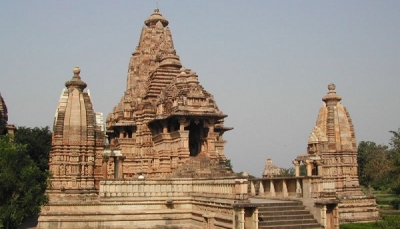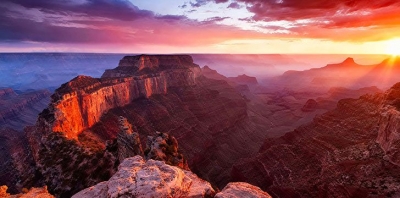Which are the things you can do to preserve local heritage?

Follow the rules
Visiting a heritage monument might seem exciting. But many monuments have rules laid out by the organisation in charge of its conservation. These rules could include having to maintain silence at a sacred place, or not touching articles on display. Remember, these rules are made keeping preservation in min So do your best to follow the rules listed and ensure your family and peers follow them as well.
Do not litter
One of the major problems seen many monuments is littering. As the tourist inflow increases, it gets difficult for officials to monitor each and everyone. Many tourists carry food or drinks along and throw away empty packets and bottles around the site. This creates a negative impression about the monument in the eyes of the public. As a responsible citizen, do not litter and discourage your family and friends from doing so. Many monuments have trash cans placed around them. Throw rubbish only into the trash can. And if the dustbin is found to be full or if there isn't one, take the waste back with you and discard it at the nearest dustbin.
Say no to vandalism
Another common problem witnessed at most monuments is vandalism. Vandalism is the action of deliberately damaging public or private property. When you at the walls of some heritage monuments you can find scribbles left by people. In some places, you might even see artefacts broken. Vandalism is a threat to heritage monuments. Refrain from it and talk to others about it as well. Next time you spot someone indulging in the act, inform your parents or the authorities and let them take action.
Volunteer
Many organisations encourage youngsters to volunteer and do their bit for physical heritage. You can volunteer individually or encourage your school to take students to different monuments as an activity and help in their preservation Volunteering can mean serving as a guide, helping people navigate the heritage site, or even helping researchers take notes during their routine checks of the site.
Take photographs and spread the word
One of the best ways to draw attention towards preservation of a heritage site is by spreading the worst. Take photographs of heritage monuments and post them on social media. You could also create brochures and pamphlets and share them with people and make them aware about the rich history of monuments Use technology and social media to your advantage and reach and encourage as many people as you can to volunteer and visit heritage monuments.
Picture Credit : Google
